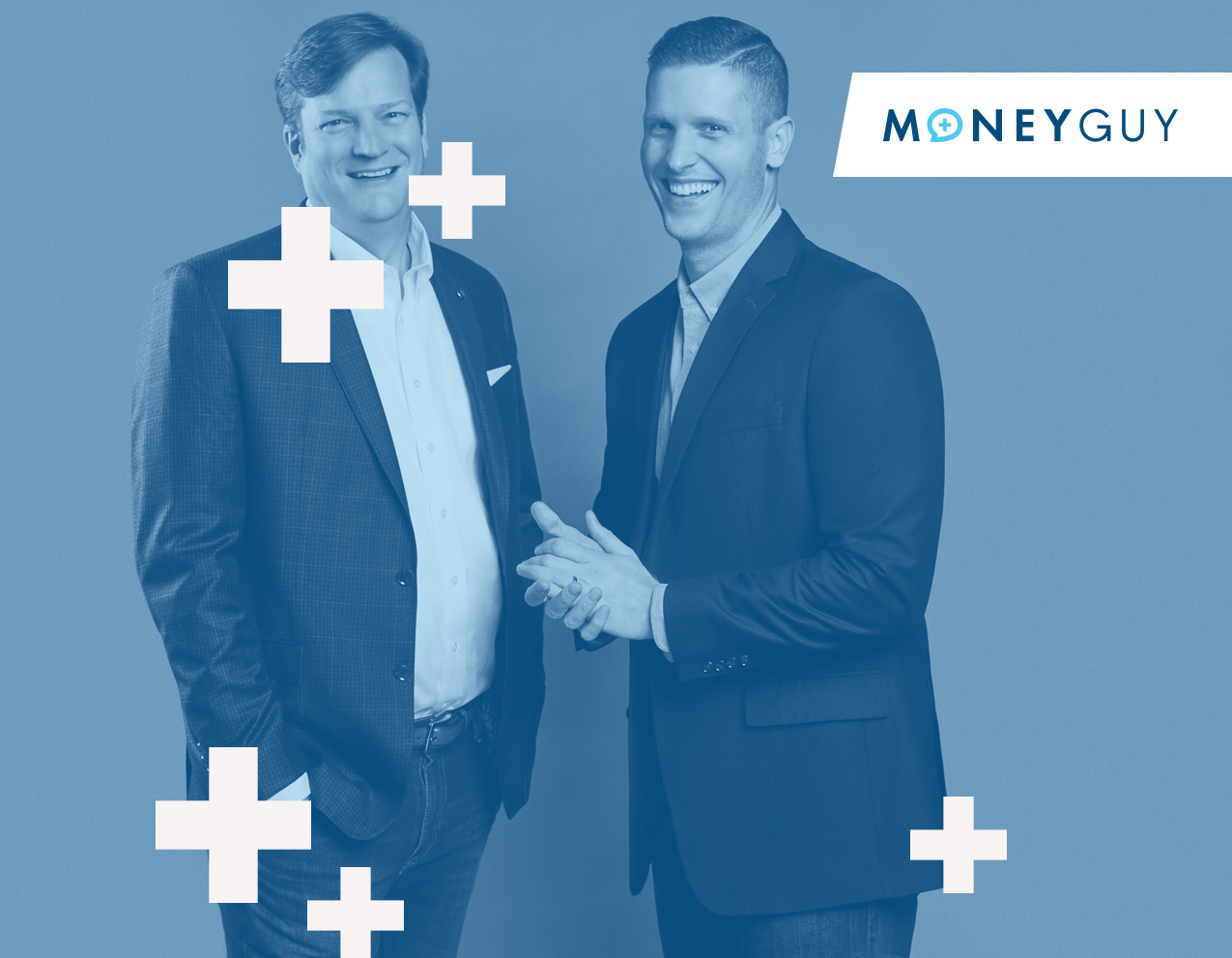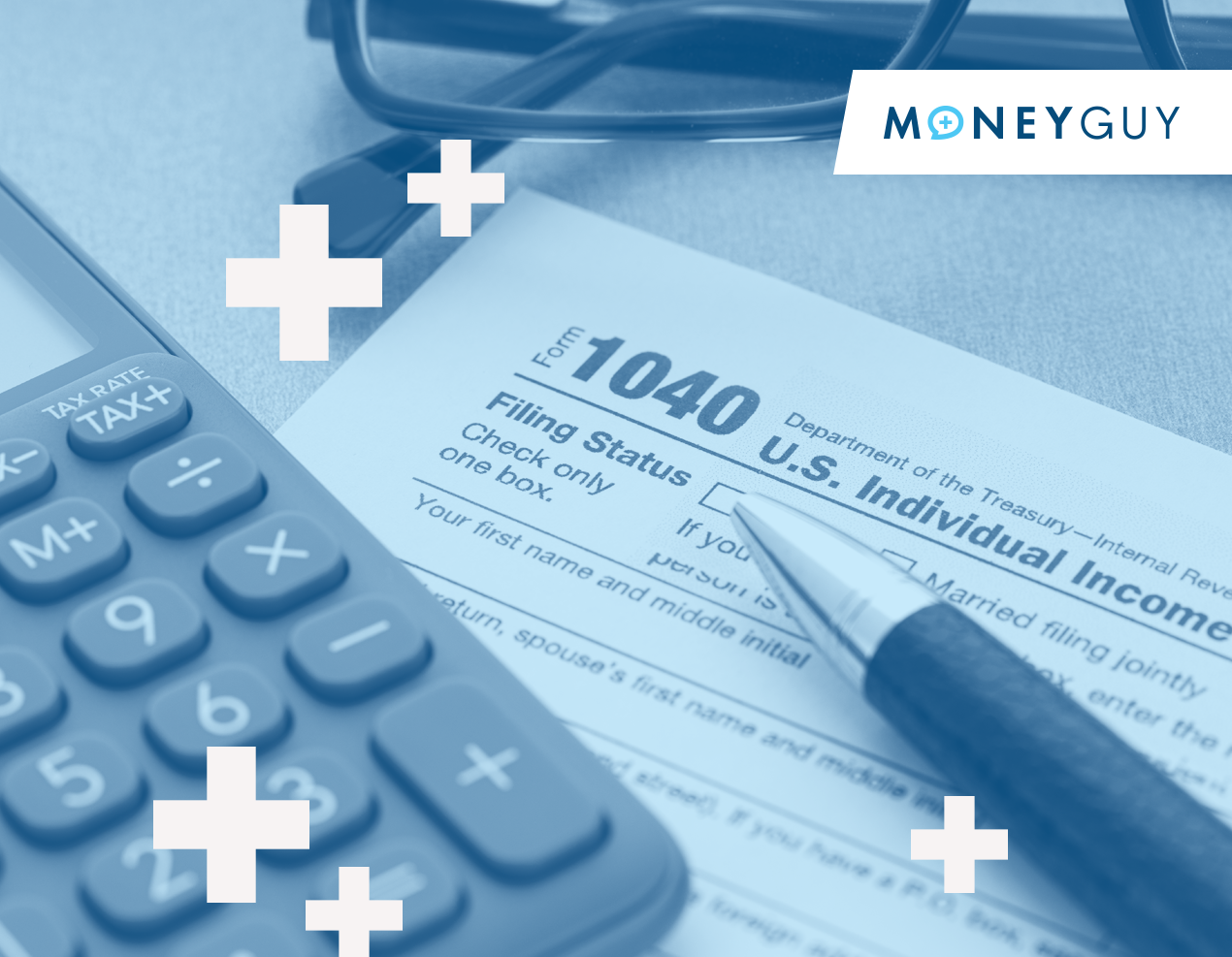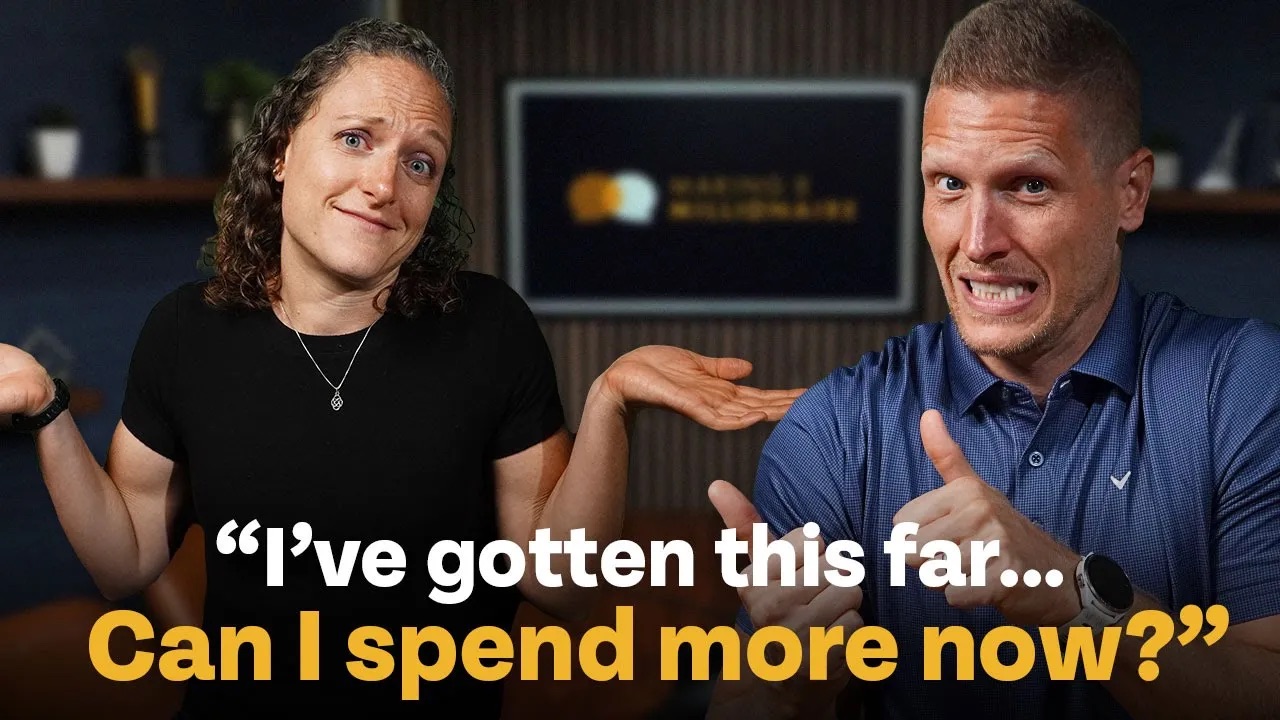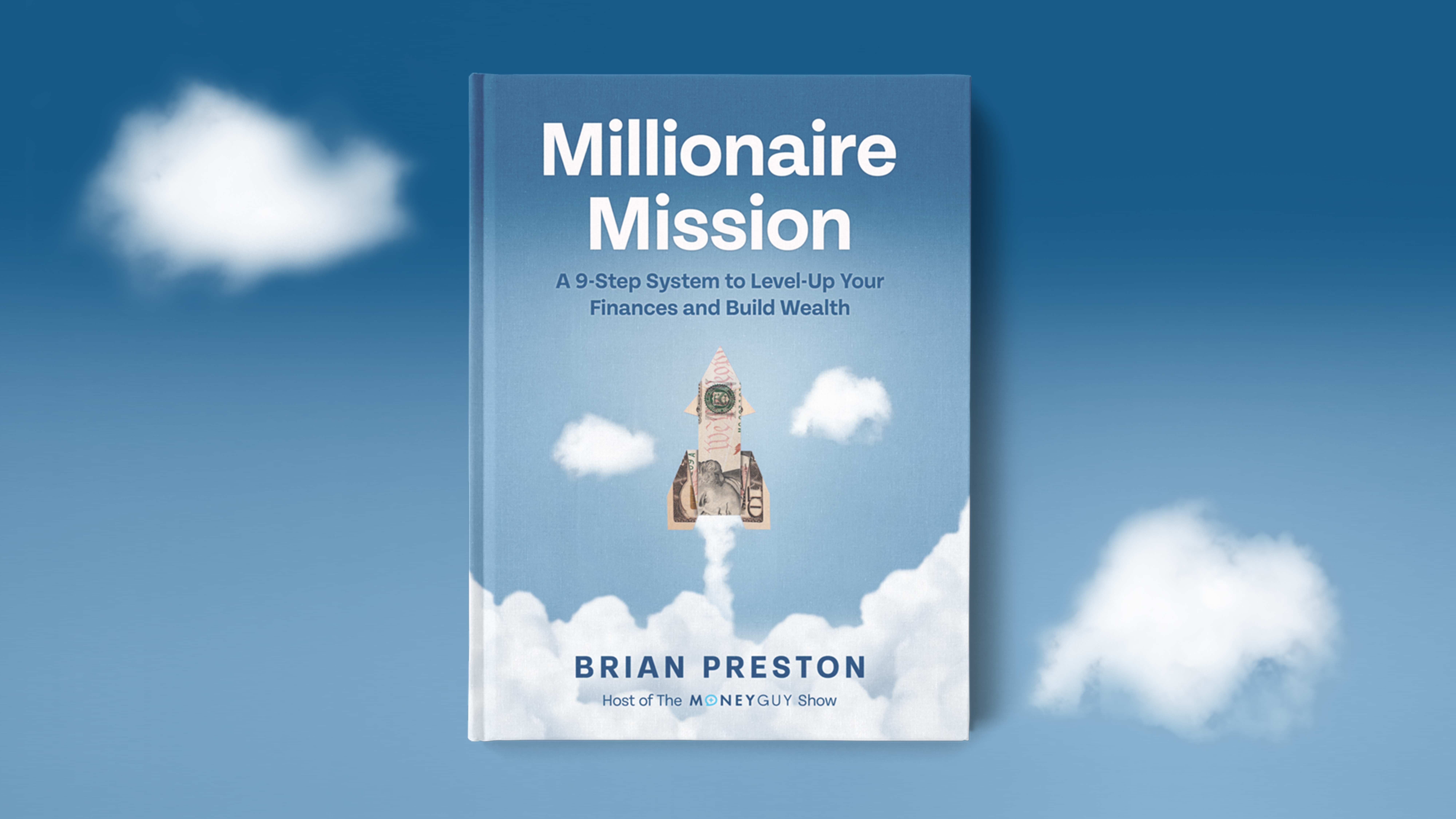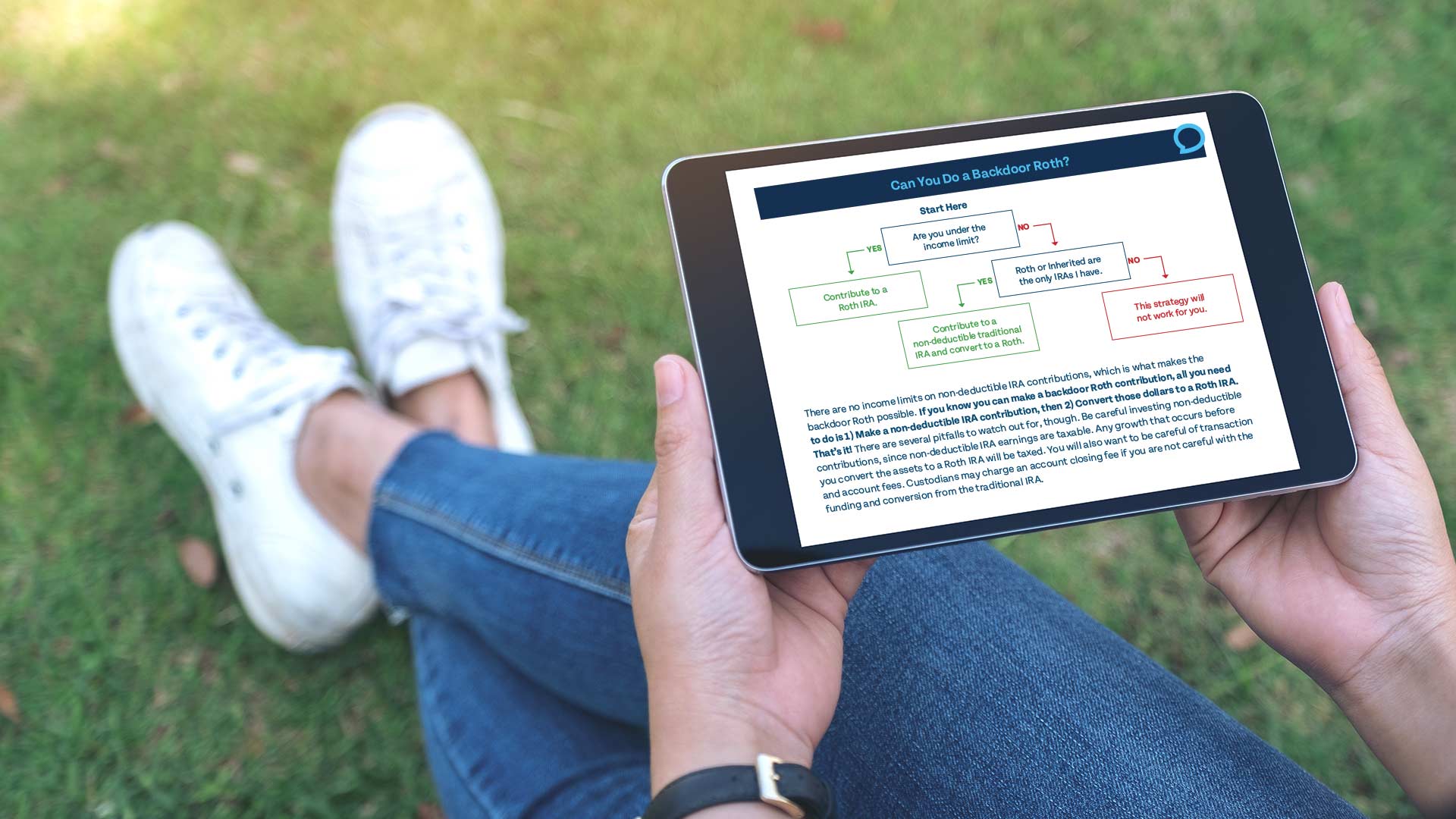Here's a question. Next, he says, "In hyperaccumulation with the intent of retiring early, what are the advantages and disadvantages of using your Roth basis as your bridge instead of a brokerage account as a bridge account?" Yeah, we get this question all the time. So, one little-known secret about Roth IRAs is that you can always access your basis, the contributions that you put in, anytime tax-free and penalty-free. That's right. Even if you put money in your Roth in your 30s and want to get to it, you can pull out your contribution. But, by the way, this is why it's so important. A lot of people don't pay attention to this, and when you do your tax return, you only pay attention to page one and two, and maybe a few of the schedules. Those later pages, where you're tracking basis or if you're doing non-deductibles, you're tracking 86, those pages matter. The basis that you're building inside your Roth IRAs matters. Make sure that you're keeping up with those on your tax return. So often, we see people just forget about those because if you ever do get in a situation where you want to access that basis, you want to pull those out, that's how you're going to track, am I in the quick or am I still in the stuff that's not too close? Sorry, all that part was for free. The question is, what are the advantages and disadvantages of doing that versus building up an after-tax account?
Well, here's the problem. You don't want to bury sanders, your Roth dollars. You don't want to take them out when they are at the height of their career. You don't want them to not be working hard for you for as long as humanly possible. You want those dollars to stay in that Roth and keep growing tax-free, tax-free, tax-free, tax-free. When you go to pull them out, they're no longer growing tax-free. Remember, Roth is a very unique bucket. We can only put right now $6,500 a year into it, and we can only do that if our income is below a certain threshold. Or, if we're above that threshold, we have to do back doors, and we have to have earned income to be able to do that, unless we start doing some conversions and that sort of thing later in life. So, it's kind of hard to get those dollars in there. So, you spend a lot of time, effort, and attention building that bucket. You want to be kind of selective in terms of how you pull that bucket out because it's also an amazing legacy planning tool.
For those Brian, do you feel like when you're seeing someone accumulating this, "Hey, I want to retire early, I want to do this," do you often advocate that they pull out of the basis of the Roth, or are there a lot of advantages, a lot of reasons why the after-tax hyper-accumulation dollars might make the most sense?
I think David's question, look, it's a reasonable question, but David might as well call him like, "Brian, have you ever seen a leprechaun or a unicorn?" And what I mean by that is that yes, I've heard, you know, it's a planning opportunity that you could use your Roth basis as a bridge. And I just, like, I've heard of leprechauns, and I've heard of unicorns, but I've never actually seen one in reality. I've never had a client that we've used Roth basis to be the bridge to get them through when we get to hyperaccumulation. Typically, that in Step seven of the financial order of operations, we're using that after-tax account, and Bo does a great job. I really thought we were going to see the funnel I was leaving for you because Beau talks about, "Look, when we talk about the financial order operations, you'll notice that there is a thing that happens. You typically will go with the tax-favored assets first, like your retirement account, which is going to be tax-deferred, the free money from your employer. Then, you go get the emergency funds, which are, you know, the after-tax accounts. And then, you'll have Roth IRAs, which are tax-incentivized as well because of tax-free growth. And then, you'll once again max out the retirement. But you'll see when you get because of that employer match and other things that might change under the Secure 2.0, but it's not uncommon to see that most people, as they get into higher income situations, they're favoring the tax-deferred, taking the tax deduction earliest, that those tax-favored, you do it the exact opposite order in the distribution that you put them in and the contribution. There's FIFO and LIFO, so first in, first out. That's kind of the way you do a FIFO retirement. Students, a little bit more LIFO, right? Because the last in the taxable will be the first one you pull out when you turn. Yeah, you'll probably the bridge account will be, so I guess that is a LIFO. Look at you taking my accounting example and then actually clubbing me over the head. That's great. It's a little example. He's first. Then you're gonna burn off and probably try to do Roth conversions and other things on those tax-deferred assets because you don't want to get rid of them before you turn. Well, it's hard. It went from 70 and a half, now 72. Now it's going to be 75. I mean, this thing keeps changing. They'll have it by 83 by the time we all retire. But you're trying to get as much of that tax-deferred money into a Roth because Bo said it. Roth assets grow tax-free, plus they offer tremendous legacy building. Because remember, your kids or your beneficiaries are going to get at least 10 years to let that money continue to grow. If you have a child with special needs like I have, you're going to actually get to base it on their life expectancy. That stuff is so valuable. You hear about people getting access to that Roth account, but you don't actually see it because it's just so valuable that wealthy people, financial mutants, you just don't do it.


